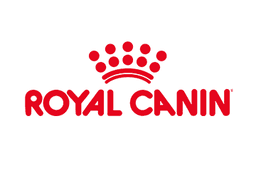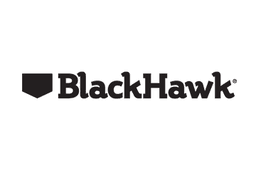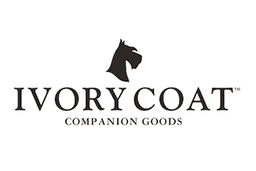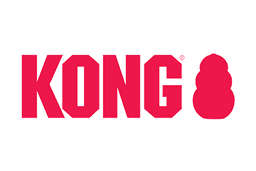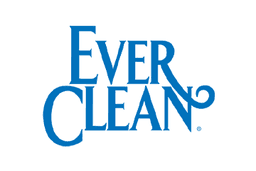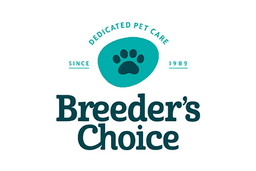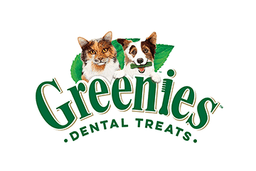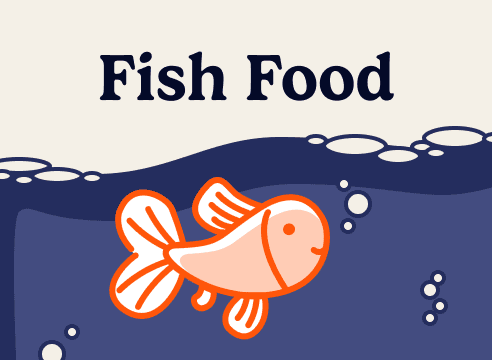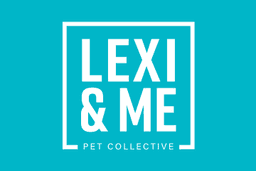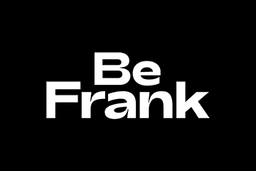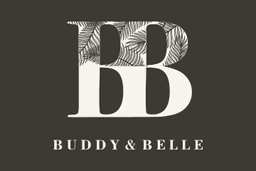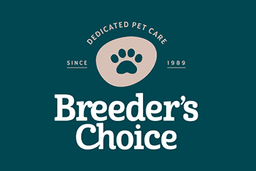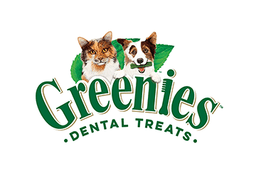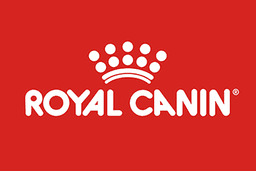Trending Searches
Dog Toys
Dive into playtime with our diverse range of toys from brands like Kong and Aussie Dog. Send your dog darting around the park chasing a branded frisbee or after a ball launched from a Chuckit launcher. We offer a variety of soft toys, chew toys, and fetch & ball toys to keep your dog entertained. For extra engagement, explore our interactive toys and treat dispensing options that combine fun with tasty rewards. If your dog is tough on toys, our tough & durable toys are built to withstand even the most enthusiastic play sessions. Balls of different sizes and textures are designed to suit every kind of pooch, including those who love the squeaky variety! Enhance the fun and reward your furry friend by filling them with delicious options from our range of of dog treats.
Frequently Asked Questions
How can I clean my dog's toys?
It's essential to keep your dog's toys clean to ensure a safe play environment. Here's a general guide:
-
Soft Toys: These can usually be machine-washed. Check for a care label and wash them in a gentle cycle. It's best to air dry or use a low-heat dryer setting.
-
Hard Toys: These can be cleaned using mild soap and water. Ensure that you rinse them thoroughly and allow them to dry completely before letting your dog play with them again.
-
Rubber and Silicone Toys: Dishwasher-safe toys can be cleaned in the top rack without detergent. For others, a mixture of vinegar and water can help disinfect and remove grime.
Always check the manufacturer’s cleaning instructions to ensure you're cleaning the toys safely and effectively.
How often should I replace my dog's toys?
The lifespan of a dog toy depends on its type, quality, and how aggressively your dog plays with it. Inspect toys regularly for signs of wear, such as fraying, tearing, or broken parts. It's essential to replace any toy that poses a choking hazard or ingestion risk immediately. A good rule of thumb is to replace toys when they show significant signs of wear or at least every few months, especially if they are frequently used.
How can I determine the right toy size for my dog?
Choosing the right toy size is essential for your dog's safety. A toy too small might be swallowed or choked on, while a toy too big might be difficult to play with. As a general guideline:
Small Breeds:
- Look for toys labeled as 'small' or 'XS/S'.
- Soft plush toys, smaller squeaky toys, and mini fetch balls are ideal.
- Avoid toys with parts that can be easily chewed off or swallowed.
- Ensure the toy isn't small enough to be a choking hazard. Even for small breeds, very tiny toys can be dangerous.
Medium Breeds:
- Opt for toys labeled 'medium' or 'M'.
- Medium-sized rubber toys, tug ropes, and fetch toys are good options.
- While these dogs can handle a slightly larger toy, it's essential to ensure it's not too small to avoid ingestion risks.
Large Breeds:
- Look for toys labeled 'large' or 'L/XL'.
- Durable chew toys, larger fetch balls, and big tug ropes are ideal.
- Large breeds often have powerful jaws, so it's vital to select toys that are durable and resistant to aggressive chewing. It's also essential to ensure toys aren't small enough to be ingested
- Always consider your dog's play style and strength, even within their size category.
How can I teach my dog to put their toys away?
Teaching your dog to tidy up after playtime is a rewarding task, both for you and your pet. Here are some steps to help:
-
Start Simple: Begin with one toy and a designated storage box or basket. Get your dog's attention and drop the toy into the box, using a command like "put away" or "clean up".
-
Guide & Reward: Encourage your dog to pick up the toy and guide them towards the box. Reward them with treats and praise as soon as they drop it in.
-
Practice: Continue practicing with one toy until your dog consistently puts it away. Gradually introduce more toys, rewarding each time they place a toy in the storage box.
-
Consistency: Consistency is key. Regular short training sessions are more effective than infrequent long ones. With patience and positive reinforcement, your dog will soon be cleaning up after themselves!
Remember, always use positive reinforcement techniques and make the learning process fun for your dog.




